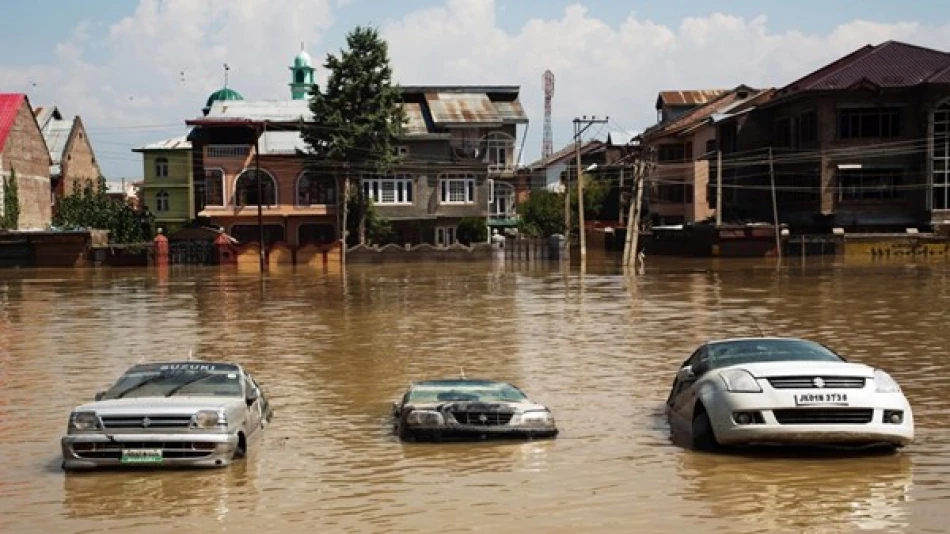
Heavy Monsoon Floods Claim Dozens of Lives in Indian-Administered Kashmir
Himalayan Flash Floods Kill 34 in Kashmir as Climate Change Intensifies Mountain Weather Patterns
A devastating flash flood triggered by torrential rains has claimed 34 lives in a remote Himalayan village in Indian-administered Kashmir, highlighting the growing vulnerability of mountain communities to extreme weather events. The disaster underscores how climate change is making monsoon patterns increasingly unpredictable and deadly across the Indian subcontinent.
Rescue Operations Underway as Death Toll May Rise
Bankaj Kumar Sharma, district commissioner of Kishtwar, confirmed that rescue teams have recovered 34 bodies while successfully evacuating 35 injured survivors from the affected village. However, authorities warn that the death toll could climb higher as search operations continue in the mountainous terrain.
The flash flooding struck without warning, giving residents little time to evacuate to higher ground. The remote location of the village has complicated rescue efforts, with emergency teams struggling to reach the area due to damaged roads and unstable weather conditions.
Kashmir's Growing Climate Vulnerability
Changing Weather Patterns in the Himalayas
This tragedy reflects a broader pattern of extreme weather events plaguing the Himalayan region. Over the past decade, Indian-administered Kashmir has experienced increasingly erratic rainfall patterns, with brief but intense downpours replacing the traditionally more predictable monsoon cycles.
The region's mountainous geography makes it particularly susceptible to flash floods, as steep slopes channel rainwater rapidly into valleys where villages are typically located. Climate scientists have long warned that rising global temperatures are intensifying precipitation patterns in the Himalayas, creating more frequent and severe flooding events.
Infrastructure Challenges in Remote Areas
The disaster highlights critical infrastructure gaps in Kashmir's remote mountain communities. Many villages lack early warning systems, proper drainage, or evacuation routes that could help residents respond quickly to flash flood threats. The region's ongoing security challenges have also complicated efforts to build resilient infrastructure in border areas.
Regional Context and Government Response
This incident comes as India grapples with increasingly severe weather events across multiple states. Just last month, similar flash floods in Himachal Pradesh killed dozens, while other regions have faced severe droughts. The pattern reflects the growing impact of climate change on India's diverse geographical regions.
The Indian government has pledged increased investment in disaster preparedness and climate adaptation measures, but implementation in remote border regions like Kashmir often lags behind more accessible areas. This tragedy will likely renew calls for improved early warning systems and emergency infrastructure in vulnerable mountain communities.
Looking Ahead: The Need for Climate Adaptation
As extreme weather events become more frequent and intense, mountain communities across South Asia face an urgent need for comprehensive climate adaptation strategies. This includes not only improved infrastructure and warning systems, but also community-based disaster preparedness programs that can help residents respond effectively to rapidly developing threats like flash floods.
The Kashmir incident serves as a stark reminder that climate change impacts are not distributed equally – remote, mountainous communities often bear the heaviest burden while having the least resources to adapt and respond.
 Layla Al Mansoori
Layla Al Mansoori







